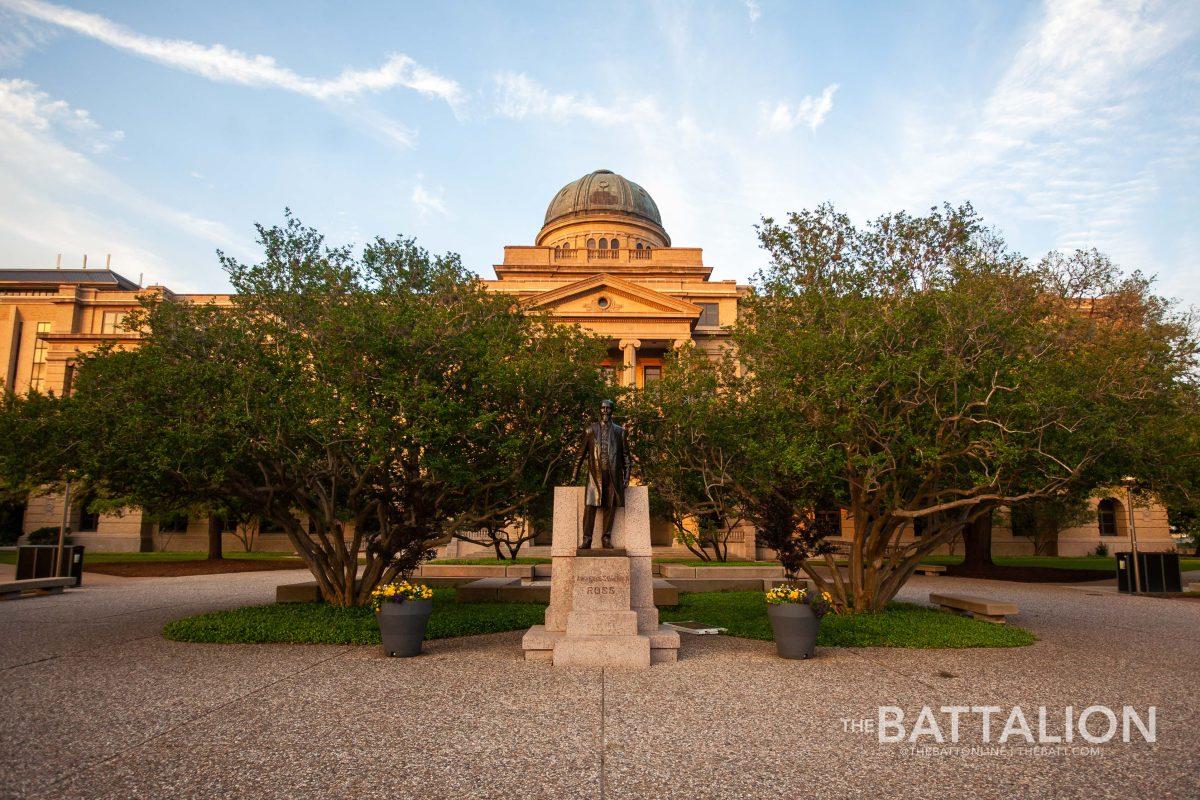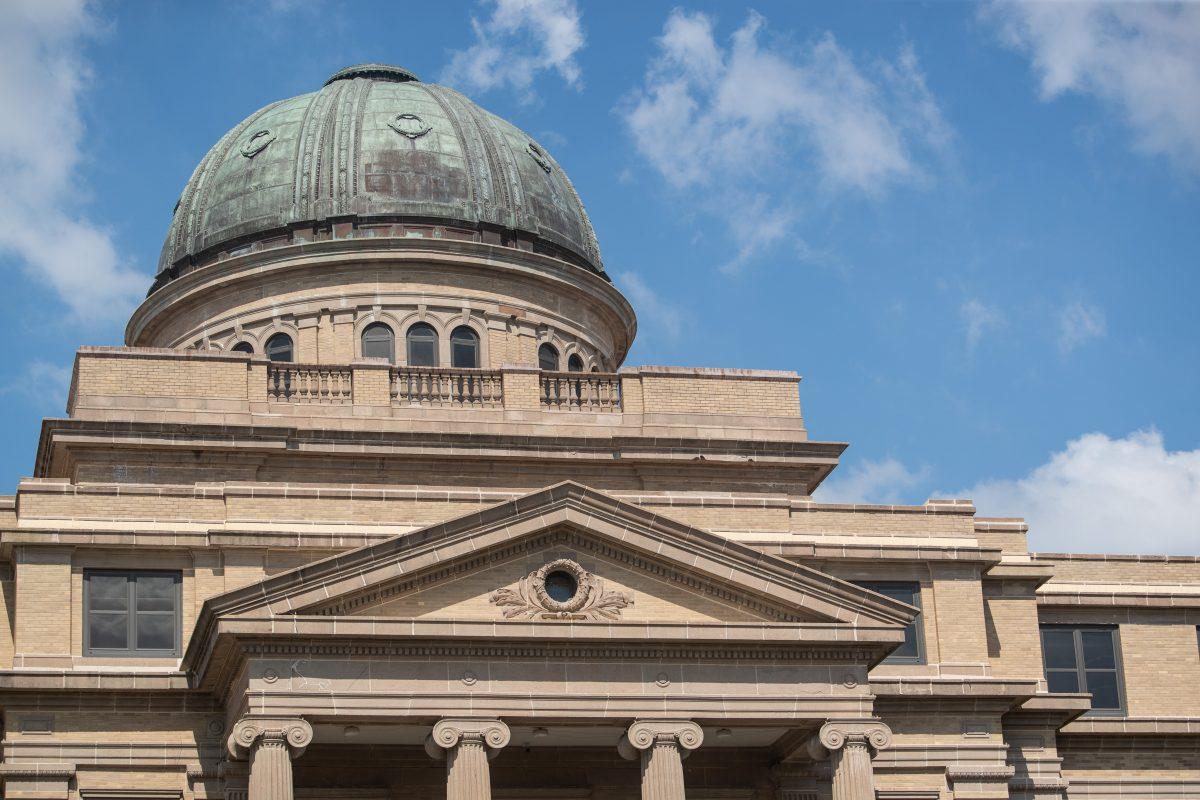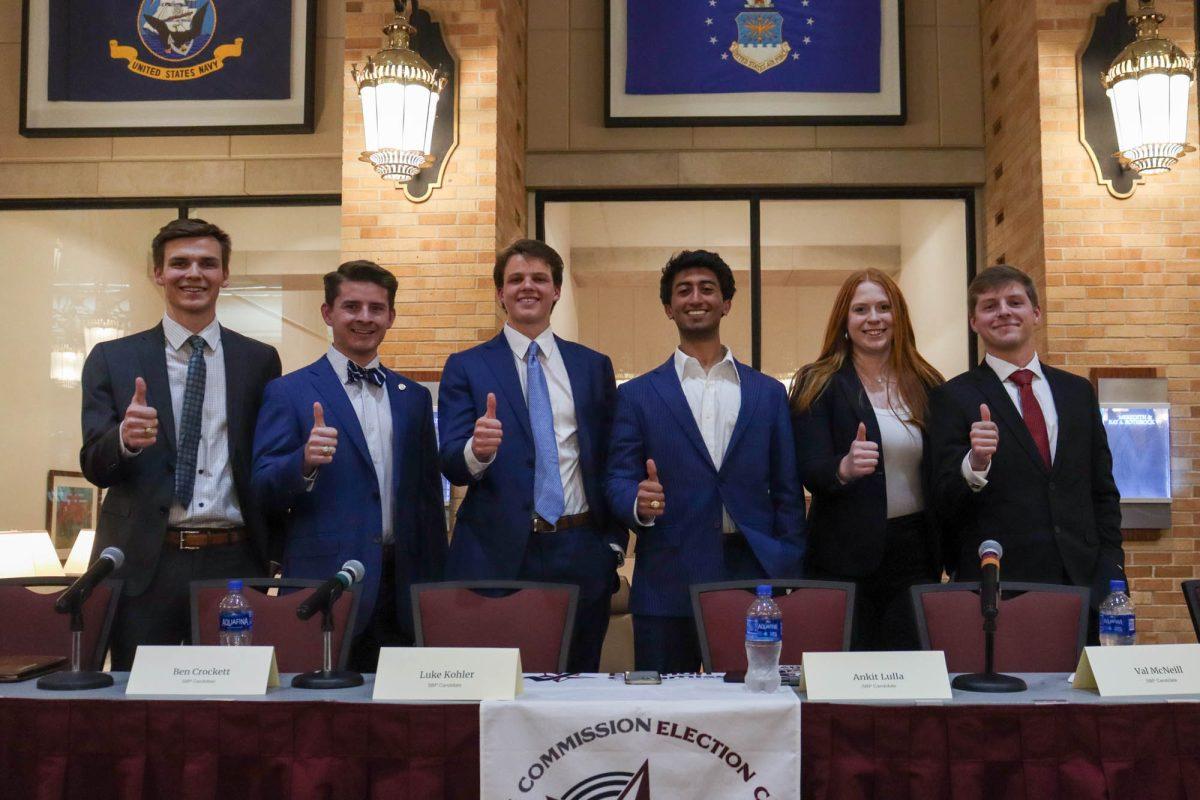Jared M. Hill is a senior contract negotiator for Sponsored Research Services at Texas A&M. The opinions in this article expressly reflect the ideas and opinions of the author and do not reflect the official position of Texas A&M University.
I recently attended a listening session for the Texas A&M Commision on Diversity, Equity and Inclusion (CDEI). I was unable to share all my ideas, so I now offer my perspective to the commission and the A&M community as a word of wisdom exhorting vigilance against ruinous ideologies:
The current theoretical underpinnings of the inclusion, diversity, equity and accountability (IDEA) movement that have ingrained themselves into academia throughout the United States and now A&M, are tenuous at best, if not outright flawed. The fiasco at Evergreen State College (ESC) with the character assignation of Brett Weinstein is a perfect example. As such, I will focus my argument through this lens based on the work done by independent thinkers and scholars at newdiscourses.com. They have shown that proponents base IDEA on a theory called Critical Social Justice, redefining the traditional liberal understanding of terms such as justice, racism and sexism. This theory rests upon the foundation of critical theory, postmodernism and social justice. I will show how each of these three theories is weak or unmoored, which compromises Critical Social Justice and creates a bad IDEA.
Critical theory is an idea that looks to free humanity from oppressive ideologies and structures based on power dynamics within society. It takes standard views of a traditional liberal society and redefines them into ideas strictly based on societal power dynamics. For example, racism is no longer hate or enmity expressed by individuals or groups toward other individuals or groups based on skin color. Instead, racism is how oppressors use race to oppress; thus, only groups with power can be racist. Based on this theory, ESC student groups asked people who are white to remove themselves from campus as a “Day of Absence.” Brett Weinstein took a stance against excluding anyone based on race, which spawned campus riots, threats of violence against Weinstein and the assassination of his character. The problem with “critical theory” is that we cannot merely water down human interaction and motivations to power. It is much more nuanced as individuals and communities can be motivated by love, respect, compassion, rationalism, merit and competence. As such, critical theory is flawed. It is monoscopic in its view surrounding human interactions and motivations based merely on power.
Postmodernism is also a flawed theory akin to relativism. Dean Geuras and Charles Garofolo, in their work “Practical Ethics in Public Administration,” demonstrate how a relativistic viewpoint is impractical for ethical decision making. They show that a postmodernist, or relativist, statement such as “there is no truth” in and of itself is a true statement. This makes it logically incoherent and loses its reliability in a practical world full of ethical choices. Interestingly, Shermer expanded on this idea regarding ESC and Weinstein. Shermer notes that Weinstein himself points to post-modernism in the humanities as a root cause of the fiasco that took his livelihood from him. Sherman states, “If you teach students to be warriors against all power asymmetries, don’t be surprised when they turn on their professors and administrators. This is what happens when you separate facts from values, empiricism from morality, science from the humanities.”
Furthermore, postmodernism takes a deconstructionist view of the world. When a theory only deconstructs, then it offers nothing to replace it. In the U.S. Army, they trained me that if you bring a problem to your boss, come with a solution. Postmodernism fails to do so.
Finally, social justice has solid theoretical foundations, but it can create unintended consequences when left unmoored. Bankston illustrates that John Rawls developed modern social justice theory and defines justice as fairness. Yet, this theory goes even further back into the Christian philosophies of Taparelli d’Azeglio. As a Christian based theory, it is then appropriate to look at how justice is defined therein. As such, justice is not fairness. Justice is receiving what one deserves based on the law: an “eye for eye.” In Christianity, however, justice is only one side of the coin. Because Christ’s death fulfills justice, He issues mercy based on an individual’s heart. This is fairness and without it, justice becomes vengeance. Therefore, we do not derive fairness from justice, but a balancing of justice with mercy and justice without a fair, merciful mooring is vengeance. As such, social justice without social mercy can be social vengeance — a vengeance Weinstein experienced firsthand.
In conclusion, I exhort the CDEI and the A&M community to consider the theoretical underpinnings of IDEA as presented above. These ideas are starting to manifest themselves on campus, such as mandatory staff attendance at Enhancing Diversity Seminars and in the recent campus protests. While A&M has not gone the way of ESC, we need to be vigilant so it does not. I urge the commission in their work to remove Critical Social Justice ideologies, or balance them with traditional liberal ideas and definitions. Diversity should be looked at on an individual level considering each person’s unique character. Inclusion should be person to person reaching out with a hand of friendship to those that may not be like you. Equity should be equality of opportunity with equal justice under the law. To do otherwise may lead us to an unmerciful, deconstructed and nihilistic world of unending, unethical power struggles between groups tearing us apart as a campus community.
A Bad IDEA
October 22, 2020
Photo by Photo by Meredith Seaver
Petitions have been created for the removal and against the removal of the Lawrence Sullivan Ross statue in Academic Plaza.
Donate to The Battalion
Your donation will support the student journalists of Texas A&M University - College Station. Your contribution will allow us to purchase equipment and cover our annual website hosting costs.



























